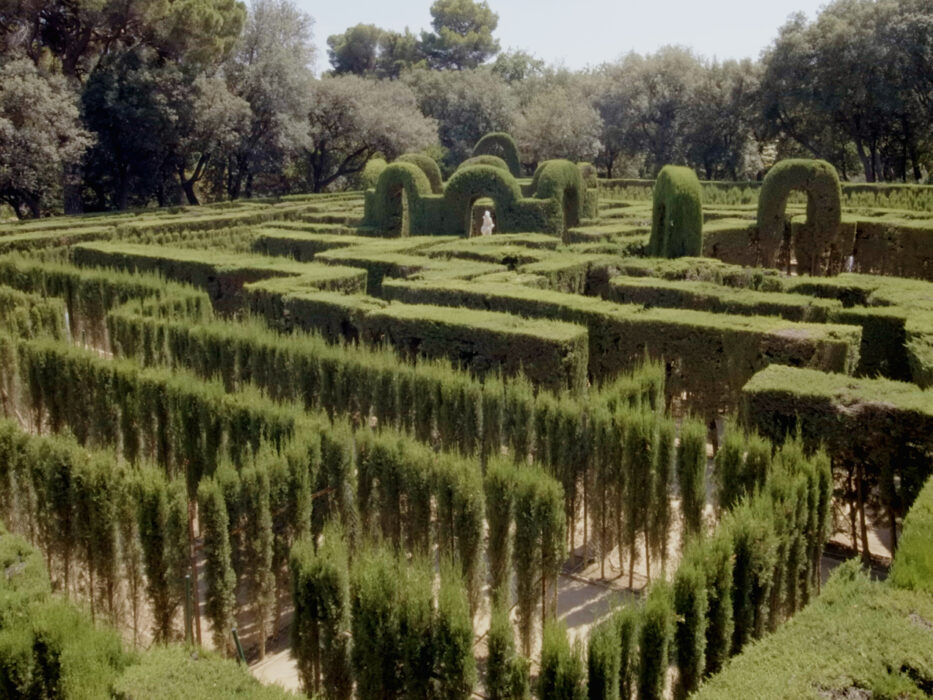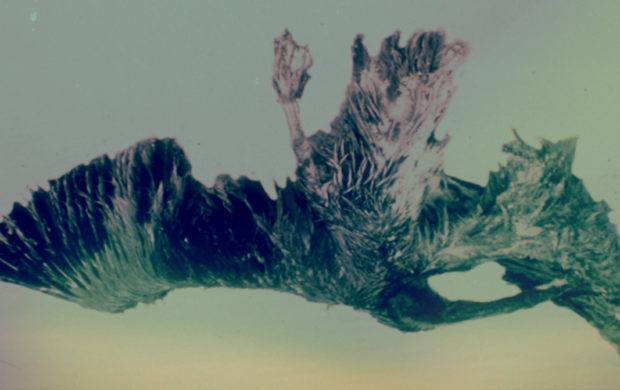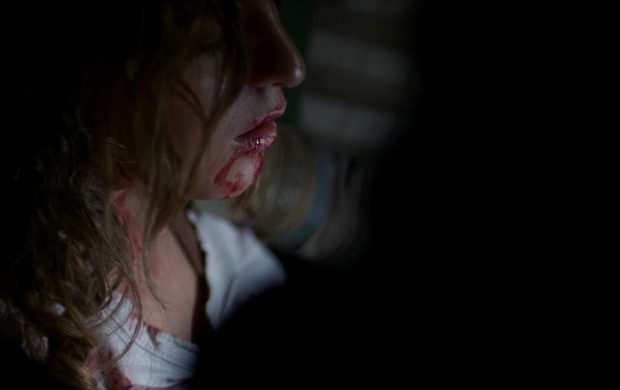LABERINT SEQUENCES
- 2023
- Canada
- 21 min
- Language: English
At the Laberint d’Horta in Barcelona, the film charts several journeys into the garden in search of its centre, where a statue of Eros waits. As the film navigates the maze’s false pathways, its recursive structure begins to crack, and a mysterious underworld floods its gates.
Techniques designed to give viewers an illusion of depth have repeatedly sought to supplement cinema’s one-eyed gaze, to no definitive avail and without ever settling this question: what would be the ideal subject, or the ideal setting, of a “3-dimensional” film? Hollywood was quick to whip up an answer: the infinite space of cosmic fantasies. Godard retorted with equal confidence in Goodbye Language: the couple. Blake Williams ventures another suggestion: the ideal setting is the maze. Meandering through the pathways of the Horta Labyrinth in Barcelona, Laberint Sequences contrasts and conflates two structures: the structure of the film, the structure of the maze. Significantly, a similar illusion runs through the labyrinth and the anaglyphic image, where depth is a deception and motion, inertia in disguise. As the film makes it way between the cypress hedges of the maze, the structuralist and playful approach taken by this investigation into form reaffirms the revelation once made by the films of Michael Snow. It’s a fine paradox that can be expressed in the following terms: despite appearances, structure is the promise of getting lost. Laberint Sequences is true to the logic of the maze, which pretends to guide visitors all the better to lead them astray. After taking a detour through the images of an old B-movie embracing similar insights, the film ends in the limbo of a dizzying inner journey.
Jérôme Momcilovic
- Production : Bluemagenta Films (Blake Williams)
- Photography : Blake Williams
- Sound : Blake Williams
- Editing : Blake Williams
- Music : Blake Williams
- Print source : Bluemagenta Films - blake.williams@utoronto.ca





